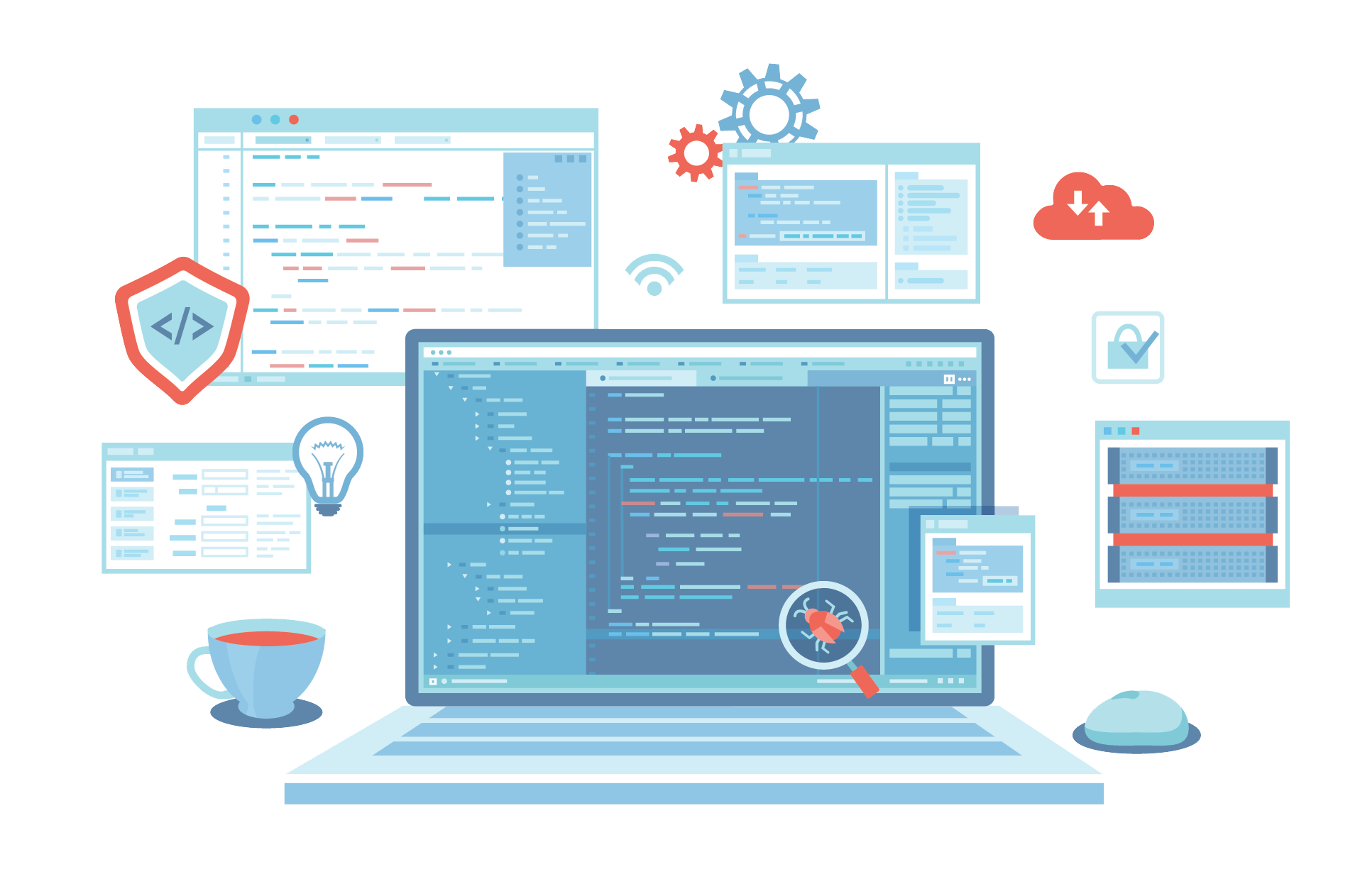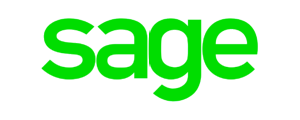Does your accounting team spend hours chasing unpaid invoices? Are they drowning in piles of paperwork? Is the everyday task of reconciliation taking over their to-do lists? It could be time to switch to accepting Direct Debit payments.
Outsourcing the job of collecting regular payments from customers to a Direct Debit provider can save time and money, improve cashflow, increase security and boost customer service levels.
But where do you start and what does the process involve?
This step-by-step guide will lead you through the world of Direct Debit and explain how to revolutionise and automate your customer payment collection method.
Step 1: Choose How to Access Direct Debit
 Now you’ve decided you want to harness the power of Direct Debit, it’s time to research your options.
Now you’ve decided you want to harness the power of Direct Debit, it’s time to research your options.
Businesses use one of two methods: bank or bureau.
The first is only available to large corporations with a high turnover. For some banks, this can be as high as £1m.
Even if you are accepted by your bank to manage the Direct Debit process in-house and submit your collections directly to them, the costs and prolonged set-up period could put you off.
You’ll need to have the technical know-how within your accounts team to manage the specialist Bacs-approved software efficiently. And you’ll need to pay for regular updates and training.
The alternative is to sign up with one of the Direct Debit companies who can take care of everything for you, such as FastPay.
A Direct Debit bureau usually offers two options: a bureau service for corporate businesses with their own Service User Number from a bank, (read more about SUNs below) and a facilities management (FM) service for SMEs, charities and organisations who can’t get their own SUN.
Whichever one suits your business best will make it easy to collect Direct Debit payments from your customers: a Direct Debit facility offers a time-effective, cost-effective and simple solution for your business.
Step 2: Choose your Direct Debit Provider
 Google ‘Direct Debit companies’ and you’ll be greeted by a selection of bureaux eager to sign you up. How do you choose between them and what key factors should you be looking for?
Google ‘Direct Debit companies’ and you’ll be greeted by a selection of bureaux eager to sign you up. How do you choose between them and what key factors should you be looking for?
You want the best fit for your company. So, when comparing providers, consider the following:
- Trading history, credentials and reputation
- Initial advice about which service is right for you
- Approach to customer service
- Set-up fees and ongoing costs
- How quickly you can be up and running
- Level of ongoing technical support
- Reporting process
- Software integrations
- Professional documentation
Talk to your preferred supplier about accepting Direct Debit payments and get expert advice about how Direct Debit will work best for your business. Once you’re signed up, some bureaux can get you up and running within just 24 hours.
FastPay ticks all the boxes here and can quickly and easily become your Direct Debit facility partner, empowering you and your business.
Step 3: Get A Service User Number
A Service User Number (SUN) is a unique code given to each organisation which collects money via Direct Debit.
Bacs, the clearing service for Direct Debit, uses SUNs as a form of ID to keep a record of all corresponding transactions. It’s also used by banks to look up the name of the company to be included on the payers’ bank statements.
If you sign up as a bureau client, you’ll already have your own bank-sponsored SUN. To acquire one of these, your company must prove its management expertise, financial health and contractual capacity.
This approval allows you to become a direct submitter who can either manage Direct Debits in-house or outsource to one of the Direct Debit providers, enjoying lower processing fees.
For businesses unable to meet the banks’ strict requirements, you’ll be provided with an SUN by your Direct Debit company which will enable you to start collecting payments straightaway via a facilities management, or managed, service.
This is called submitting indirectly and frees you from the onerous task of gaining your bank’s approval and paying their high set-up fees.
FastPay use unique SUNs for each Managed Service client, meaning that your business name and logo, rather than the impersonal name of your bureau, will appear on all documents including bank statements.
Step 4: Collect Direct Debit Instructions
Armed with your SUN, you can now tell your customers that you’re switching to Direct Debit payments. They’ll soon be enjoying peace of mind, convenience, flexibility and control over their budget: a more efficient service for them and you.
Each customer will need to complete, sign and return a Direct Debit Instruction authorising you to collect payments from them, provided you give advance notice. This can be done either online, over the phone or on a paper mandate.
 Direct Debit providers can supply branded Bacs-approved web forms, phone scripts and paper mandates to gather all the information you need such as account details, payment amounts and collection dates.
Direct Debit providers can supply branded Bacs-approved web forms, phone scripts and paper mandates to gather all the information you need such as account details, payment amounts and collection dates.
They will also manage the submission of this data to Bacs on your behalf. Your customers’ accounts will then be debited and payments transferred into your business account once they’ve cleared (or on the same day if use a bureau service, rather than an FM one).
Step 5: Build Your Business
Using a Direct Debit facility to manage customer payments leaves you and your accounts team free to focus on other aspects of your business. You can forget about allocating time to chase unpaid invoices and complete complicated reconciliation work.
Everything will be taken care of for you as the experts process payments, liaise with Bacs and keep you up-to-date.
And if there are any problems, you’ll be quickly alerted so you can take action because Direct Debit companies provide regular, comprehensive reports. These will reassure you that payments have been made and highlight any issues such as unexpected cancellations or bounces.
The Benefits of Direct Debit for Your Accounts Team
 Once you’re set up for accepting Direct Debit payments, your accounts department will quickly see numerous benefits as they start to enjoy a highly-efficient new way of working:
Once you’re set up for accepting Direct Debit payments, your accounts department will quickly see numerous benefits as they start to enjoy a highly-efficient new way of working:
-
Improved Cashflow
They’ll know exactly when cleared funds will be in the business bank account, unlike other methods such as cheques and credit card payments which could arrive at any time.
-
Save Time and Money
They’ll have no need to send reminders and chase unpaid invoices, a time-consuming and tedious job that can impact on staff morale and customer satisfaction levels.
-
Streamlined Banking
They’ll quickly be made aware of any non-payment issues thanks to a pro-active reporting system. They’ll always be in-the-know and be ready to action any problems efficiently.
-
Re-present Bounces
They’ll help to keep your business running smoothly by re-presenting bounces knowing they have a 90% success rate with Direct Debit.
-
Improved Security
Your accounts team will have fewer conflicts to resolve as both the business and its customers are protected by built-in safeguards with the Direct Debit Guarantee. This vastly reduces the risk of fraud, eliminating a potentially costly and challenging task.
-
Go Paperless
Your team will no longer be surrounded by piles of paper cluttering up their workspace if you opt for paperless Direct Debit by signing up your customers via your website.
Instead, all their details will be stored online where they’ll be easily accessible and not taking up valuable shelf space.












